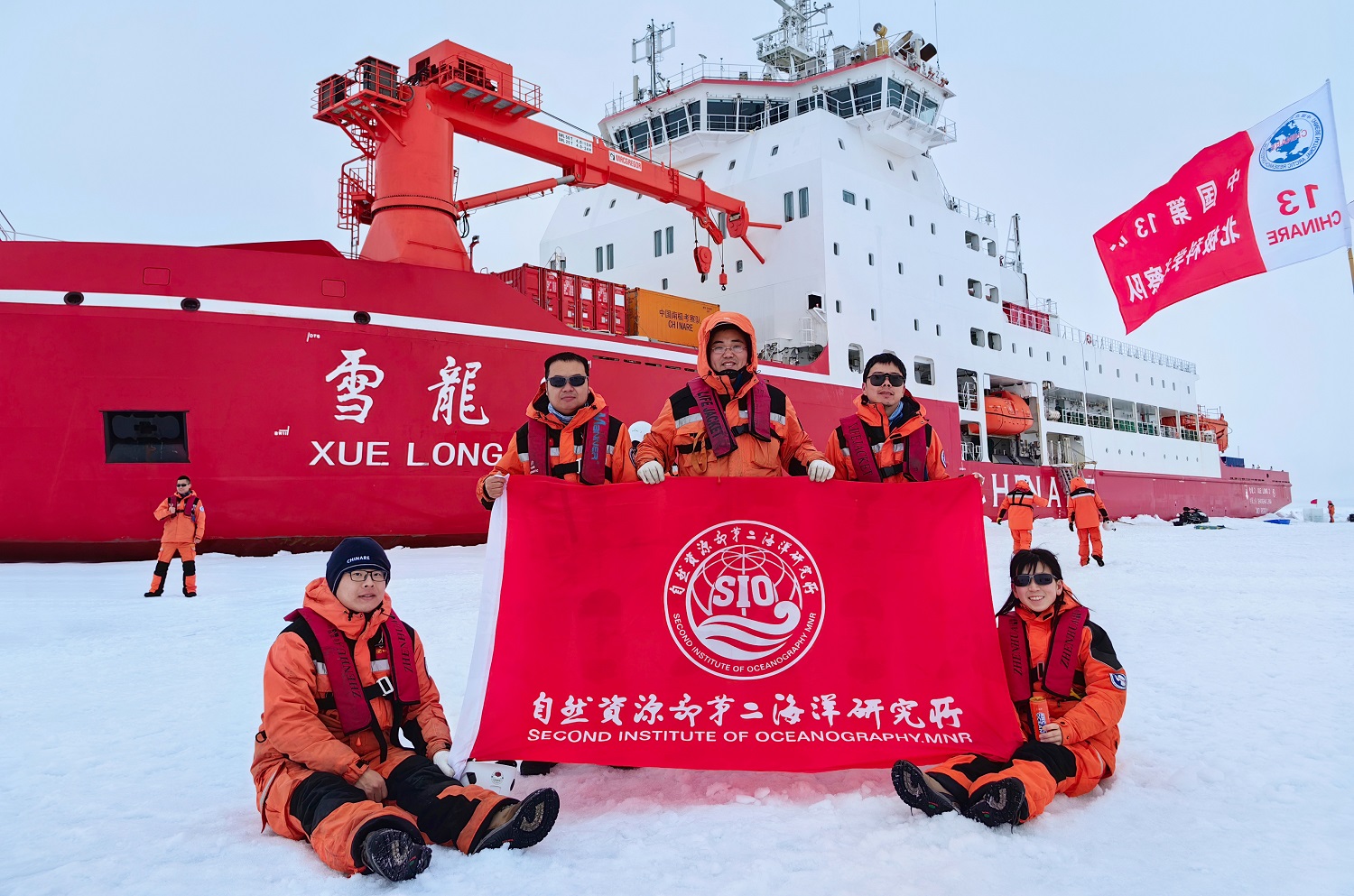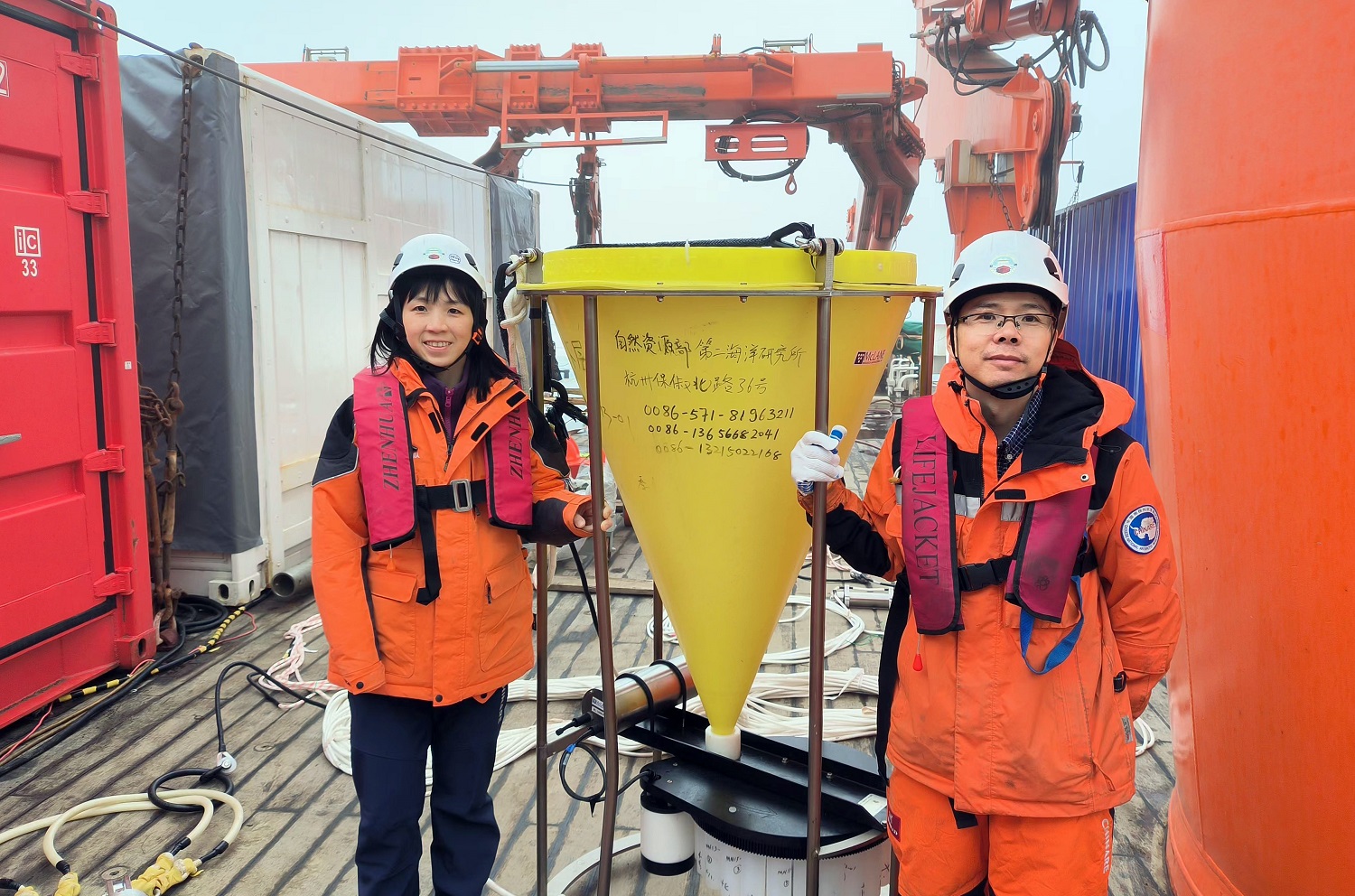News


On September 27, China’s 13th Arctic Ocean Scientific Expedition returned in triumph, and five members of Key Laboratory of Submarine Geosciences, MNR and Key Laboratory of Marine Ecosystem Dynamics, MNR of the SIO returned to Shanghai by “Xue Long 2”. The expedition team set off from Shanghai on July 12 and lasted 78 days with a total voyage of over 15000 nautical miles. They successfully completed various scheduled tasks and made important advances on independent equipment research and development, new technology application and other areas. During this expedition, the Polar Marine Biogeochemistry Team of the SIO successfully deployed three sets of moored subsurface buoys, among which two sets of sediment trap subsurface buoys will record the annual time series changes of particulate matter flux in the upper water during the sea ice change process, and one set of benthic organism observation platform will record the basic elements of the bottom water environment and the activity process of benthic organisms. The long-term continuous observation data of key elements of the marine ecological environment in the Arctic Ocean carried out by the SIO can provide scientific data support for the response of the Arctic Ocean ecosystem under rapid changes in the Arctic Ocean. In mid-ocean ridge survey, the Geology and Geophysics Team of the SIO carried out fixed-point underwater observation and sea surface cruise observation, and completed a number of operations, including submarine seismic survey, magnetotelluric survey, geological sampling, and the deployment of subsurface buoys. The team members completed 11 multi-beam survey lines; A set of hydrothermal moored subsurface buoy was deployed in the heavy ice area of the Arctic Ocean, including a sediment trap, a current meter and three turbidity meters at different depths; 7 submarine magnetotelluric instruments and 5 submarine seismometers were successfully deployed and recovered, and the recovery rate of submarine seismometers was 100%, setting a new record for recovery in high-latitude dense-ice areas; They also completed geological sampling at 3 stations, obtained long sediment column samples, and successfully collected volcanic glass fragments or rock debris. Through this expedition, China’s understanding of the rapid changes in the Arctic Ocean and its ecological response has been further enhanced. It also provides important data support for effectively addressing the impact of global climate change on China, and demonstrates China’s attitude and role as a responsible major country in the international governance of the Arctic.



